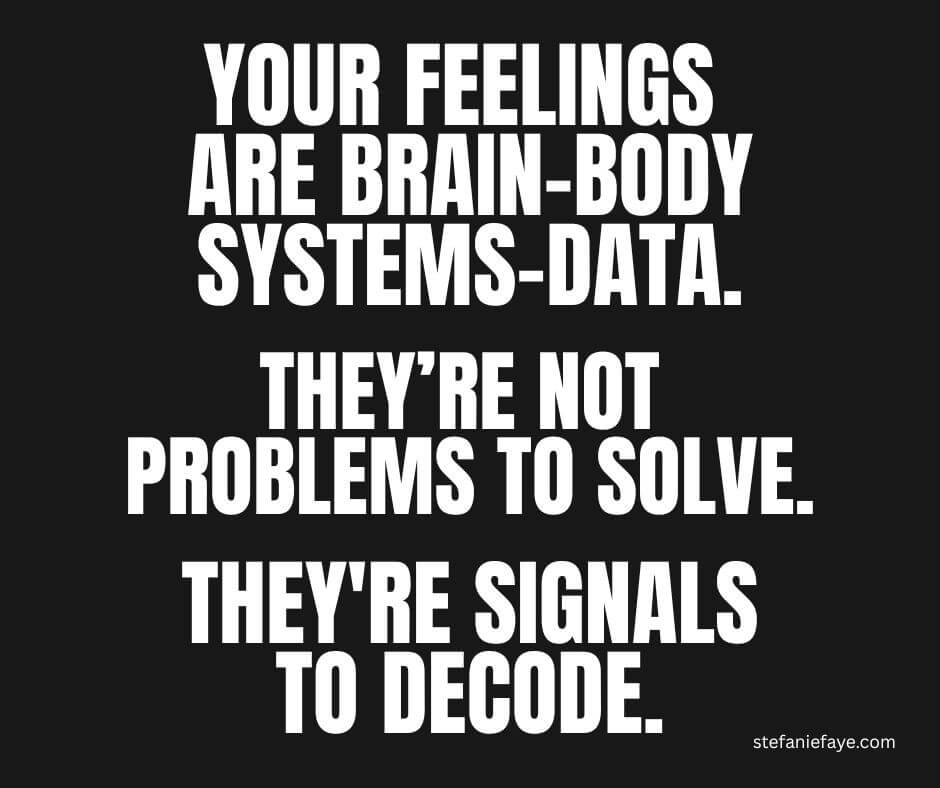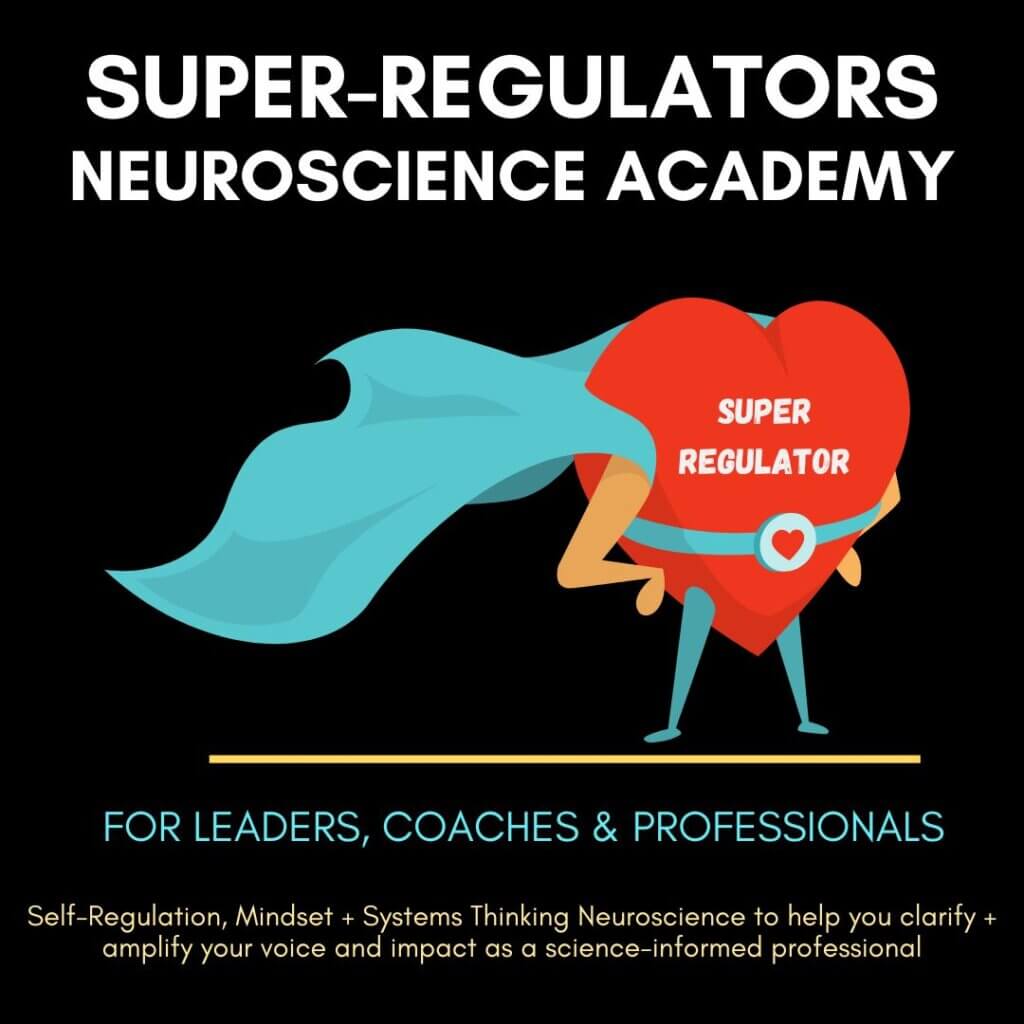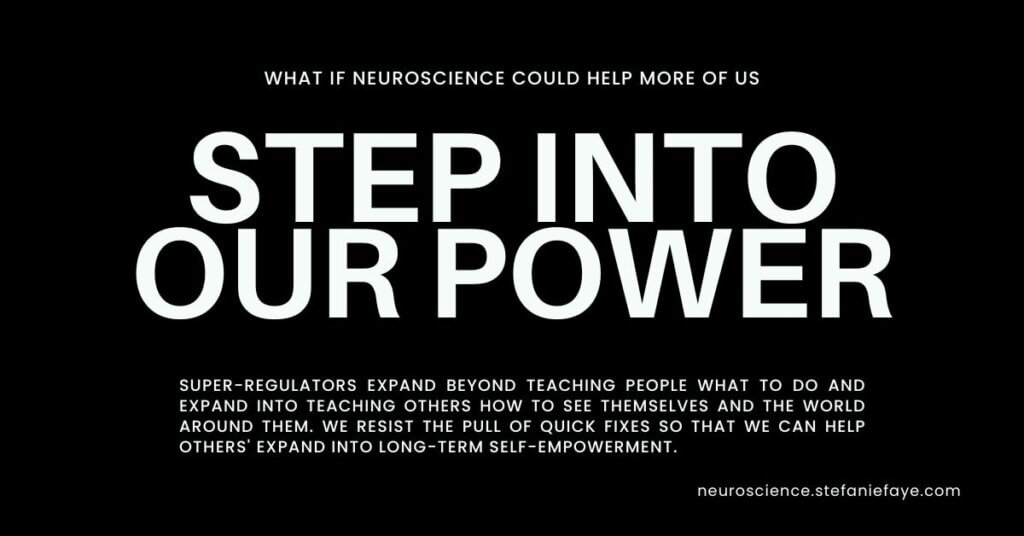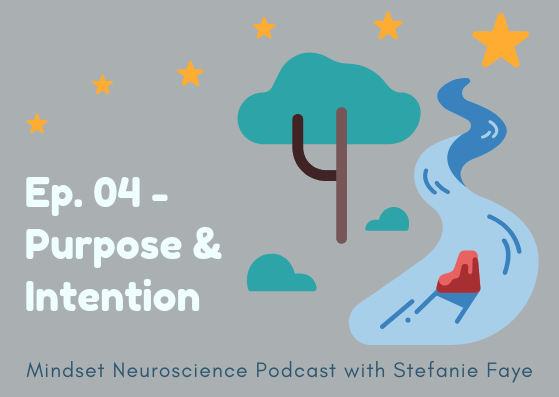There’s a story we’ve been told about emotional regulation that doesn't quite match reality.
Somewhere along the way, the narrative became about finding the technique—the breathing pattern, the grounding exercise, the magic formula that would keep us cool, calm, and collected no matter what life throws at us.
We've been taught to see regulation as something it's NOT: a destination... that ideal state of composure we can attain where nothing from that point on will rattle us.
Real nervous system regulation isn't about following a specific script every time or achieving some perpetual state of serenity. It's about something far more dynamic, far more alive.
Beyond the Myth of Constant Calm
Think about a musician. Their mastery isn't measured by how well they can play one note perfectly. It's measured by their range—how many notes they can access, how fluidly they can move between them, how sensitively they can respond to the music unfolding in real time.
Your nervous system works the same way.
Emotional regulation isn't about maintaining a narrow band of "acceptable" feelings. It's about developing the capacity to move through a wide spectrum of states with fluidity and responsiveness. It's about openness to live, raw data and the adaptability to work with what's actually happening—not what you wish was happening or what you predicted would happen.
What is Vibrational Availability?
Vibrational availability is a term I use to describe the ability to attune to present-moment, live data that helps us be more accurate to what's actually unfolding right now. It's about staying open to learning from the micro-fluctuations and micro-signals happening in our body-brain system, rather than narrowing our focus onto what we already predict will happen.

Your body is constantly generating signals—vibrational patterns, fluctuations in tone, shifts in energy, changes in temperature, alterations in breath.
These aren't random. They're intelligence.
They're your brain-body system's language to tell you what it's detecting in your environment and what might need to shift.
But here's the catch: these signals often make us uncomfortable.
They show up as:
- embarrassment when we say the wrong thing
- anxiety before an important conversation
- total demotivation when we face a challenge we're not sure we can handle
- hopelessness when things don't go according to plan.
Most of us have been conditioned to override these signals, to push through them, to make them go away as quickly as possible.
These uncomfortable sensations are actually prediction errors—
They are your brain's way of saying, "Hey, what I expected to happen isn't matching what's actually happening. I need more data!"
Prediction errors create spikes in brain-body activity. They are pattern-and prediction-interrupters. And they usually spark a feeling of what we would call 'discomfort'.
What if discomfort itself is intelligence?
Surrendering to Vibrational Intelligence
Here's where things get counterintuitive: expanding your nervous system's range requires surrendering to your brain-body rather than trying to control it from the neck up.
This means getting more comfortable with attuning to micro-feedback and adjusting using micro-adaptations. Not grand, sweeping interventions. Not rigid protocols. Tiny, responsive iterations based on what you're sensing right now.
Let me give you some concrete examples of what this looks like:
Before an interaction (let's say with someone who typically challenges you):
- Slow down your eyeball movements momentarily. Notice—what are your eyes actually doing? Are they darting? Fixed? Soft? Hard?
- What are your hands doing? Are they clenched? Open? Gesturing? Still?
- What's your body posture telling you? Are you braced? Collapsed? Expanded? Contracted?
During the interaction:
- Can you maintain some thread of awareness on these same signals while you're engaged?
- What micro-shifts are happening in real time? Does your chest tighten when they say certain things? Do your shoulders rise? Does your breath become shallow?
After the interaction:
- What sensations linger? What's the energetic signature left behind?
- What does your body seem to need—movement? Stillness? Expression? Space?
This isn't about judgment. It's about data collection. Your brain-body system is giving you continuous feedback about what it's detecting and what it might need to maintain or regain flexibility.
Working With Prediction Errors as Intelligence
When you feel a way you don't want to feel, your brain-body system is generating data in the form of fluctuations and vibrational patterns. These aren't problems to solve—they're signals to decode.
What do those vibrational signatures tell you about what you could iterate in that moment?
Here's the crucial part: there is no golden ticket, one-size-fits-all answer to that question.
Sometimes the iteration that creates more flexibility looks like saying something vulnerable or brave. Sometimes it looks like offering kindness or humor. Sometimes it looks like taking a breath and giving space instead of saying anything at all.
There is no "right" or "wrong" move. There's just the iteration—some type of movement, action, or expression—and then staying open to the feedback that comes back. And then adjusting, continuing, enhancing, or switching your next move based on that feedback.
This is resilience. Not 'try this thing and it'll be smooth sailing forever'.
Not rigidity. Not perfection.
Responsiveness
Priming Your Brain for Vibrational Availability
So how do you cultivate this capacity? How do you train your nervous system to have more range, more repertoire, more responsiveness?
1. Practice Micro-Awareness
Start small. Throughout your day, drop into brief moments of body awareness:
- What are three sensations you can notice right now?
- What's the quality of your breath—shallow, deep, held, flowing?
- Where do you feel tension? Where do you feel ease?
You're not trying to change anything. You're just practicing the skill of tuning in to the live data your system is generating.
2. Get Curious About Discomfort
The next time you feel uncomfortable—anxious, irritated, deflated, whatever—pause before you reach for your go-to regulation strategy. Instead, ask:
- What is this sensation trying to tell me?
- What data might this be?
- If this feeling were intelligent (which it is), what might it be detecting?
You're training your brain to see uncomfortable signals as information rather than problems.
3. Experiment With Micro-Iterations
When you're in a challenging moment, try making tiny adjustments:
- Shift your posture slightly
- Change the pace of your speech
- Adjust your eye contact
- Take one conscious breath
- Move your hands differently
Then notice: what happens? What feedback does your system give you? What feedback does the environment give you?
You're building your capacity to work with live, raw data and adjust in real time.
4. Let Go of the "Right" Response
This might be the hardest part: releasing the idea that there's a perfect way to regulate, a correct way to respond, a gold standard of emotional management.
Your nervous system doesn't work that way. It works through iteration, feedback, and adaptation. Sometimes the "wrong" move teaches you more than the "right" one ever could.
The Gift of Range
When you expand your nervous system's range—when you cultivate vibrational availability—you don't become impervious to challenge. You don't stop feeling uncomfortable.
You become responsive. Adaptive. Fluid.
You develop the capacity to meet whatever arises with curiosity rather than rigidity. You learn to trust the intelligence of your brain-body system to guide you through complexity. You discover that resilience isn't about staying calm—it's about being able to move through the full spectrum of human experience without getting stuck.
This is the work. Not finding the formula, but developing the flexibility. Not achieving mastery, but embracing the ongoing practice of attunement.
Your body is speaking to you in every moment through vibrational patterns and micro-signals. The question isn't whether you'll listen. It's whether you'll trust that what you're sensing is intelligent—even when it's uncomfortable—and let that intelligence guide your next iteration.
That's where real resilience lives.
For more on neuroscience-informed approaches to regulation and resilience, visit stefaniefaye.com/blog and neuroscience.stefaniefaye.com
as well as my videos at stefaniefaye.com/learn

In the Super-Regulators Neuroscience Academy, we explore how we - as leaders, teachers and professionals can help ourselves and others break old cycles and embody new ways of leading and relating—often more powerfully than any script or training manual ever could.
We are part of a community that is moving beyond using neuroscience in surface-level ways and moving into connecting our work with nervous system regulation, mindset and systems thinking as gateways for embodied self-leadership.
The 2025 program SOLD OUT... But good news!
I'll be holding a Super-Regulators Master Class (mini intensive 🙂 This January!
JOIN THE WAITLIST AND GET UPDATES ON THE MASTER CLASS!

*I’m honored to be a part of a community translating ideas from science to everyday wisdom for human flourishing as part of an amazing initiative sparked by MIT. We will be meeting with members of Geneva Science Diplomacy Anticipator (GESDA.global) this November. GESDA is a multilateral initiative mobilizing scientists, diplomats, private sector and citizens to anticipate emerging scientific discoveries and translate them into concrete actions for the benefit of society. - I’ll keep you updated about any free resources you can access in relation to this!


